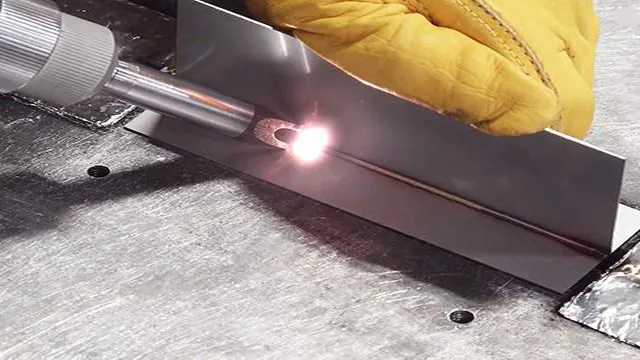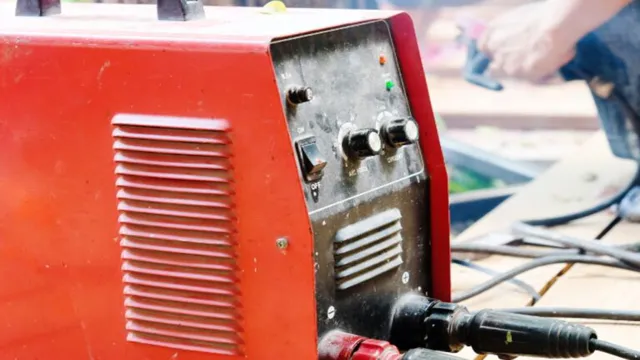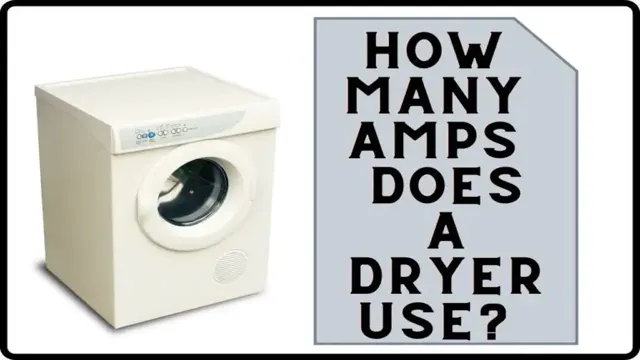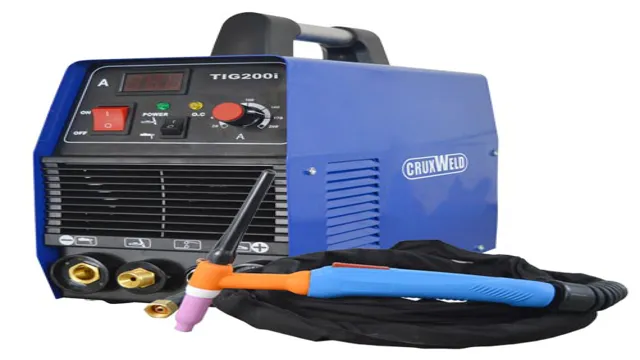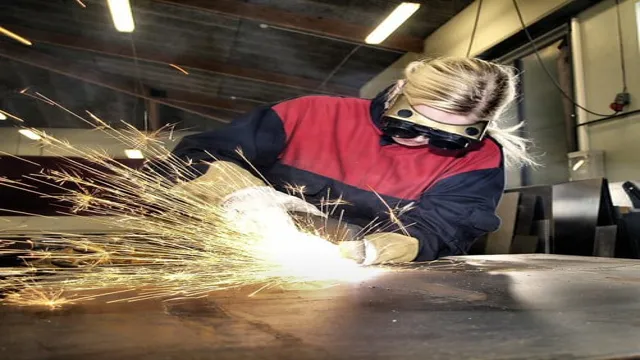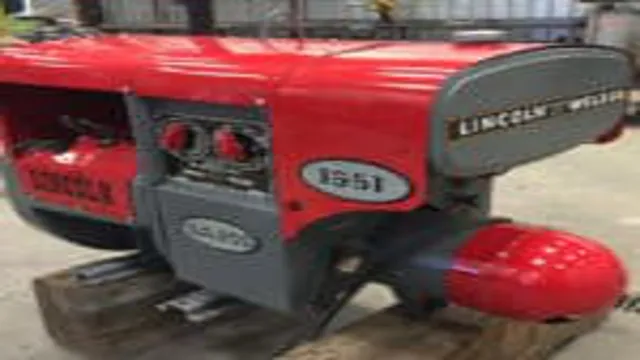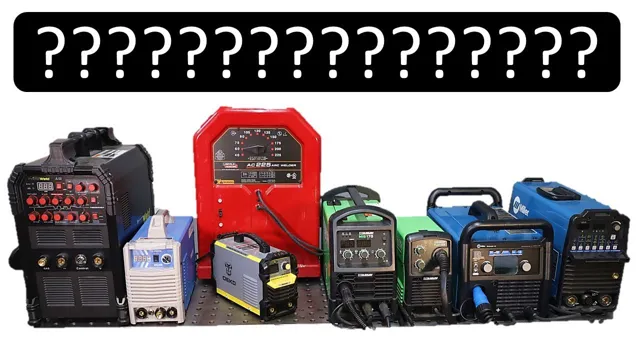How to Use a TIG Welding Torch: Tips and Tricks for Perfect Welding
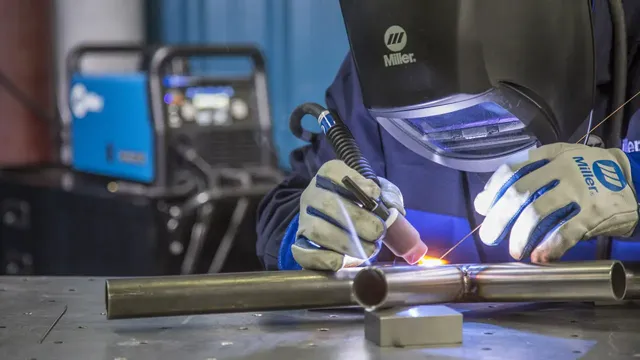
TIG welding, also known as Gas Tungsten Arc Welding (GTAW), is a popular welding process used to create precise, clean welds. It is an ideal technique commonly used in the aerospace and automotive industries. Although TIG welding requires a bit more skill than other welding methods, such as MIG welding, the increased control results in a superior weld quality.
A TIG welding torch is a critical component of the TIG welding process. It provides the user with a way to supply an arc with a shielding gas, preventing contamination of the weld. Using a TIG welding torch can seem intimidating at first, especially if you are new to welding.
However, with practice and patience, mastering this technique can lead to perfect welds. In this blog post, we will explore how to use a TIG welding torch and the best practices for achieving high-quality welds. We will discuss the different types of TIG welding torches and the appropriate techniques for using them.
Additionally, we will provide some tips and tricks to help you get started with TIG welding. By the end of this post, you will have a better understanding of how to use a TIG welding torch and the skills to produce high-quality welds. So, grab your welding helmet and gear up to learn the art of TIG welding!
Overview of TIG Welding Torch
Learning how to use a TIG welding torch can seem intimidating at first, but with practice and patience, it can become second nature. First, it’s important to understand the components of the torch, including the tungsten electrode and the gas nozzle. The tungsten electrode is responsible for creating an arc with the metal being welded, while the gas nozzle supplies a flow of protective gas to prevent contamination.
Next, it’s important to select the appropriate settings for your material and amperage, as well as the proper tungsten size and gas flow rate. Once you’ve set up the torch, it’s time to start welding by striking the arc and maintaining a consistent distance from the metal being welded. With practice and experience, using a TIG welding torch can offer precise control and high-quality welds for a wide range of applications.
Components of TIG Welding Torch
TIG welding torch is a crucial part of welding equipment, and it is essential to have a good understanding of its components. To get started, the TIG welding torch comprises four primary parts: the handle, the body, the collet, and the tungsten electrode. The handle is where the welder grips the torch to control its movement.
It also usually has a trigger that welders can use to activate the gas and wire feed. The body connects to the handle and collet while the tungsten electrode threads into the collet. Its primary function is to deliver the electrical current used in welding.
Additionally, there are consumable parts of the torch, such as the collet and the collet body, that the welder can replace after wear. Mastery of all the parts of the torch is vital for a welder to achieve the desired results. When using a TIG welding torch, the welder’s ability to manipulate the torch effectively translates into a more precise and efficient welding process.
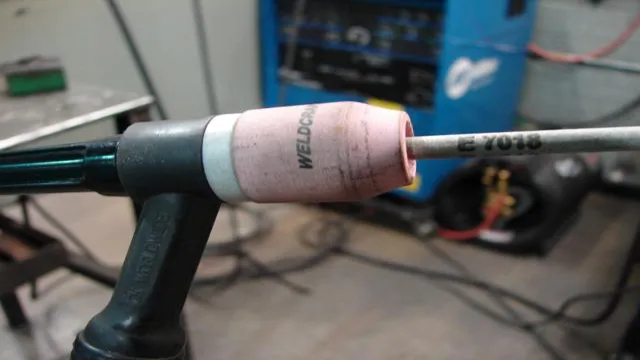
Preparation Before Using TIG Welding Torch
TIG welding torches are used in a variety of metalworking applications. They are useful in producing high-quality and reliable welds, but they require some preparation before use. First, ensure that you have all the necessary safety equipment, including gloves, safety glasses, and a welding helmet.
Next, clean the work area by removing any flammable or combustible materials, as well as any oil or grease that may create a fire hazard. It’s also important to ensure that there’s good ventilation in the area, as welding produces fumes that can be harmful if inhaled. Once you’ve prepared the work area, you should set up your TIG welding torch and adjust the settings to suit your needs.
This includes selecting the proper gas, setting the amperage and voltage, and ensuring the tungsten electrode is sharpened correctly. Taking the time to prepare properly before using a TIG welding torch can help ensure that you achieve the best results and stay safe while doing so.
Using a TIG Welding Torch
TIG welding torches are precise tools used to produce high-quality welds on various materials such as stainless steel, aluminum, and nickel alloys. Before using a TIG (Tungsten Inert Gas) welding torch, make sure you have the right equipment and materials such as a TIG welder, filler rods, and a tungsten electrode. You should also ensure that you wear the appropriate personal protective equipment (PPE) such as welding gloves, safety glasses, and a welding helmet.
To use the TIG welding torch, you must first prepare the workpiece by cleaning it thoroughly, removing all impurities, and selecting the appropriate filler metal for the joint. Then, you can set up the TIG welder and the torch with the tungsten electrode in place. After igniting the arc, use the foot pedal or control knob to adjust the amperage and heat input while feeding the filler rod into the joint.
Remember to maintain a steady hand and move the torch in a controlled circular motion to achieve a consistent and aesthetically pleasing weld bead. With practice and patience, you can master using a TIG welding torch and create precise and high-quality welds on a wide range of materials.
Selecting the Right Amperage
When it comes to using a TIG welding torch, selecting the right amperage is crucial for achieving a successful weld. The amperage will dictate the amount of heat and energy being delivered to the welding area, which in turn affects the overall quality of the weld. If you choose an amperage that’s too low, you may not be able to create a strong enough bond between the metals you’re working with.
Conversely, if you opt for an amperage that’s too high, you risk overheating the metal and creating a weak, brittle weld. As a rule of thumb, lower amperages are better for thinner materials, while higher amperages are more suitable for thicker materials. Ultimately, the ideal amperage will depend on the specific metals you’re working with and your welding technique.
Experimentation and practice can help you fine-tune your settings to achieve the best results for your particular project.
Adjusting the Gas and Tungsten Electrode
When it comes to TIG welding, one of the important tasks is adjusting the gas and tungsten electrode for precision and quality welds. A TIG welding torch is a crucial tool, and getting familiar with its features and functions will ensure better control over the process. Firstly, the gas flow rate must be regulated according to the material and thickness to prevent oxidation and contamination.
This is usually done through the regulator or flow meter on the gas cylinder or torch handle. Secondly, the tungsten electrode needs to be sharpened and inserted into the torch collet, extending it just enough to ensure a stable arc. The length of the tungsten electrode will depend on the welding current and type of job.
Keep in mind that the electrode must not touch the metal as it could contaminate the weld. Adjusting the gas and tungsten electrode in a TIG welding torch is an essential step that contributes to great welds and improved welding skills.
Starting the Arc
Starting the arc with a TIG welding torch requires precise techniques to achieve the best results. TIG welding is known for producing high-quality welds with a clean finish that requires minimal grinding or cleaning. To start the arc, you need to have a comfortable position, clear visibility of the workpiece, and the correct distance from the torch to the metal.
Then, you should scratch the tungsten electrode onto the workpiece to create an electric arc. Quickly pulling the torch away creates a small pool of melted metal, indicating the weld has begun. You can then adjust the torch’s position to control the size of the pool and the penetration.
The more you practice TIG welding, the more confident and precise you will become. Remember, repetition is the key to mastering any skill, including TIG welding, so keep practicing and learning from your mistakes.
Tips for Using TIG Welding Torch
Learning how to use a TIG welding torch can be quite challenging, especially for beginners. However, with some practice and patience, you can master this skill. One of the key tips is to ensure that you have a steady hand when holding the torch, as any shaking can affect the quality of the weld.
Additionally, make sure that the tungsten electrode is sharp and pointed to create a clean arc when striking an arc to begin welding. Another important tip is to maintain the proper distance between the torch and the workpiece, as this can impact the heat input and result in uneven welds or burn-through. Furthermore, take time to choose the right filler rod and ensure that it is compatible with the material you are welding.
By following these tips and practicing regularly, you can become proficient in using a TIG welding torch and achieve high-quality welds.
Maintain Proper Distance Between Electrode and Workpiece
When it comes to TIG welding, maintaining proper distance between the electrode and workpiece is essential for a successful weld. A general rule of thumb is to keep the electrode approximately 1/8 inch away from the workpiece. However, this distance can vary depending on factors such as the type of electrode, the material being welded, and the technique being used.
It is important to keep a consistent distance throughout the welding process, as too much or too little distance can cause problems with the weld such as porosity or insufficient penetration. Additionally, a consistent distance helps to ensure that the weld pool remains stable and doesn’t become too large or too small. To maintain proper distance, it may be helpful to use a TIG welding torch with a built-in gas lens.
This can provide consistent gas coverage around the electrode and workpiece, allowing for a more stable weld. Additionally, it’s important to hold the torch steady while welding, using both hands to control the position and distance of the electrode. Overall, maintaining proper distance between the electrode and workpiece is crucial for a successful TIG weld.
By keeping a consistent distance and using the right techniques and equipment, you can ensure a strong and durable weld that meets your expectations.
Avoid Touching Tungsten Electrode on Metal
TIG welding is a precise and efficient method of welding that requires a steady hand, good technique, and quality equipment. When using a TIG welding torch, there are certain tips and tricks that can make the process easier and more effective. One important tip is to avoid touching the tungsten electrode on metal as this can cause contamination and damage to the electrode.
Instead, use a clean filler rod to guide the weld and maintain the proper arc length. It’s also important to use the right gas flow rate and tungsten electrode size for the specific job. By following these simple tips, you can ensure a successful TIG welding project with clean, strong welds.
So, next time you’re using a TIG welding torch, remember to avoid touching the tungsten electrode on metal and use a clean filler rod for best results.
Conclusion
In conclusion, using a TIG welding torch is like playing a musical instrument – it requires practice, precision, and finesse. But just like a virtuoso musician, with time and effort, anyone can master the art of TIG welding. So, remember to keep a steady hand, maintain proper torch positioning, and let the sparks fly – just like a symphony, perfection takes patience and persistence.
“
FAQs
What is a TIG welding torch?
A TIG (Tungsten Inert Gas) welding torch is a tool used in welding to produce a high-quality weld. It uses an arc to melt the base material and filler material, often made of tungsten, to create a clean, strong bond.
Can TIG welding be used on all metals?
TIG welding can be used on a variety of metals, including stainless steel, aluminum, and titanium. However, it may not be the best option for thicker or heavier materials.
What are the benefits of using a TIG welding torch?
TIG welding produces a high-quality, precise weld with minimal spatter or clean-up required. It also allows for better control over the heat input and the location of the weld, making it ideal for intricate or detailed work.
What safety precautions should be taken when using a TIG welding torch?
Safety goggles, gloves, and protective clothing should be worn to protect the eyes, hands, and skin from the bright light and high heat of the torch. Proper ventilation is also necessary to prevent the inhalation of harmful gases.
Can a TIG welding torch be used for brazing or soldering?
Yes, TIG welding torches can be used for brazing and soldering by using a different filler material, such as brass or silver, and adjusting the heat input accordingly.
How do you choose the right TIG welding torch for your project?
Consider the type and thickness of the material being welded, the size and shape of the weld joint, and the specific features of the torch, such as the amperage range and ease of use.
How can you improve your TIG welding technique?
Practice is key to improving TIG welding technique. Additionally, making sure the base material is clean and free of contaminants, using the right filler material and heat input, and maintaining proper torch angle and travel speed can all lead to better results.

